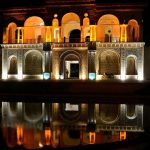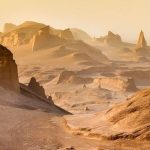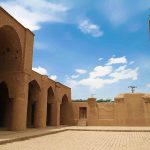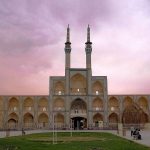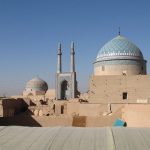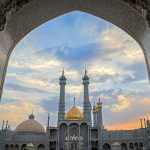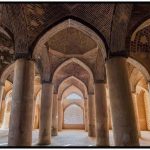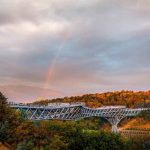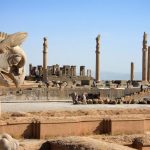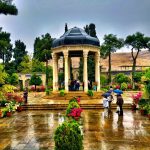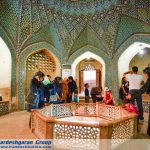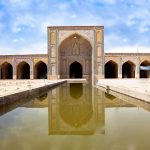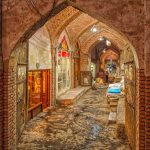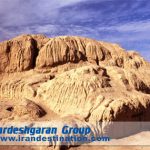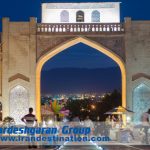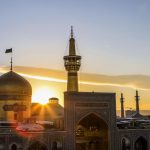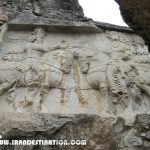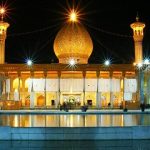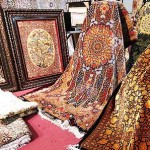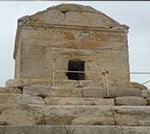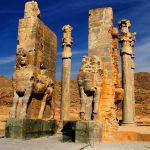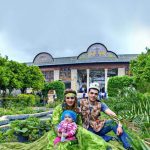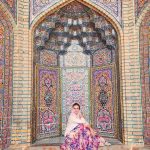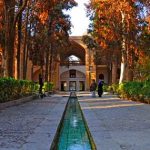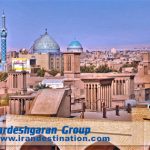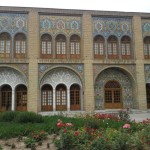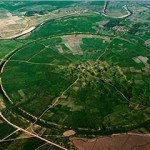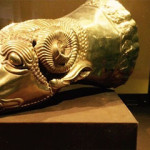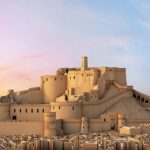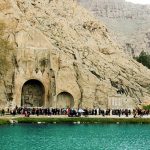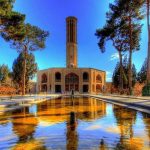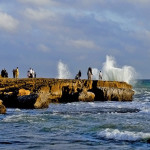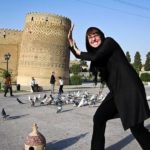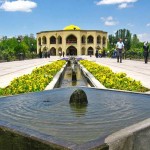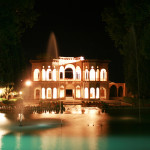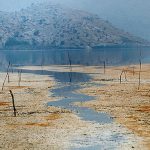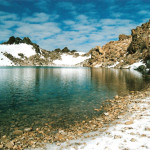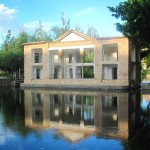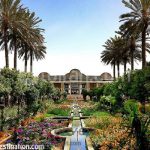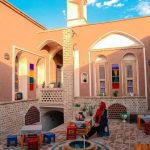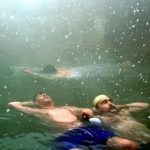Caspian Hyrcanian mixed forests
Caspian Hyrcanian mixed forests, UNESCO said the forests run some 850 kilometers along the southern coast of the Caspian Sea. They date back up to 25 to 50 million years. Moreover, it said, and are home to the Persian Leopard, nearly 57 other mammal species, and 180 bird species. Accompany Irandestination to know more about this article.
There are Hyrcanian mixed forests in the north of Iran that dating back to the Jurassic period. These forests are called natural museums or living fossils. The name Hyrcan is the old name of Gorgan in the Mazanderani dialect, also known as Jorjan or Varkan. It is said that the name of Varkan also wrote in the inscriptions from the Achaemenid era. Hyrcanian forests are located on the south of the Caspian Sea. It starts from Azerbaijan and extending almost to Astara in Iran. These forests are unable to survive the cold, so they cannot grow up in Siberia and Europe. Hyrcanian forests are only seen in temperate climates. The height of the Iranian forests started from the sea level. It continued up to two thousand and eight hundred meters.
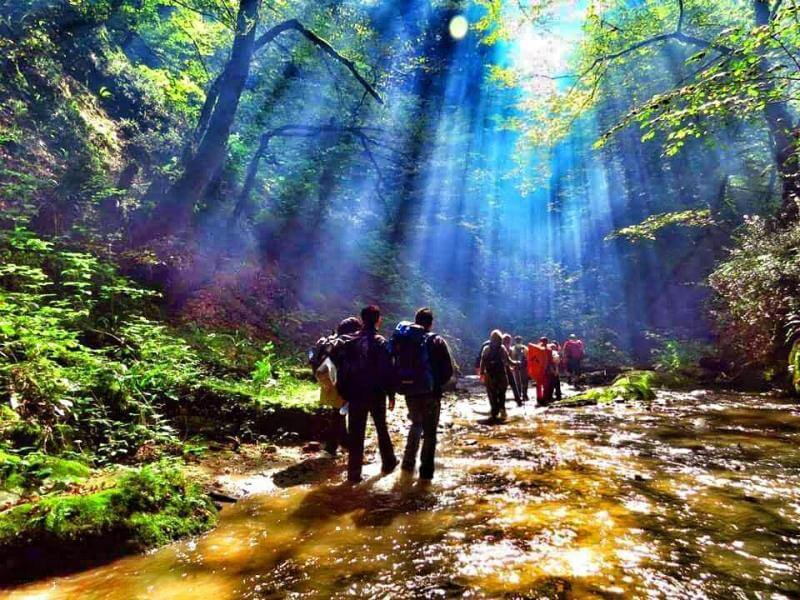 Caspian Hyrcanian mixed forests
Caspian Hyrcanian mixed forests
The Caspian Hyrcanian Mixed Forests ecoregion, in the temperate broadleaf and mixed forests biome. It is an area of lush lowland and montane forests covering about 55,000 square kilometres near the southern shores of the Caspian Sea of Iran and Azerbaijan. The forest named after the ancient region of Hyrcania. In Iran, this ecoregion includes the coast along the Caspian Sea and the northern slopes of the Alborz Mountains. It covers parts of five provinces of Iran from east to west.
The Hyrcanian ancient broad-leaved forest that belongs to 25 to 50 million years ago covers 7% of Iran land. It is somehow a natural museum. The climate of Hyrcanian forests is humid, oceanic and mountains at the high altitudes. This weather diversity makes this region the home to 180 birds’ species and 58 mammal species such as white-fronted goose, greylag goose, Eurasian spoonbill, white-headed duck, night heron, Little bustard, red-breasted goose, peregrine falcon, Dalmatian pelican, greater flamingo, brown bear, Caspian tiger, wolf, wild boar, jungle cat, golden jackal, badger and otter. The beauty of this pure nature besides the tourist infrastructures such as local restaurants, cafes, ecolodges and recreational sites that exist in this region attract many tourists every year who enjoy, trekking, hiking, camping and … in the paradise of Hyrcanian Forests.
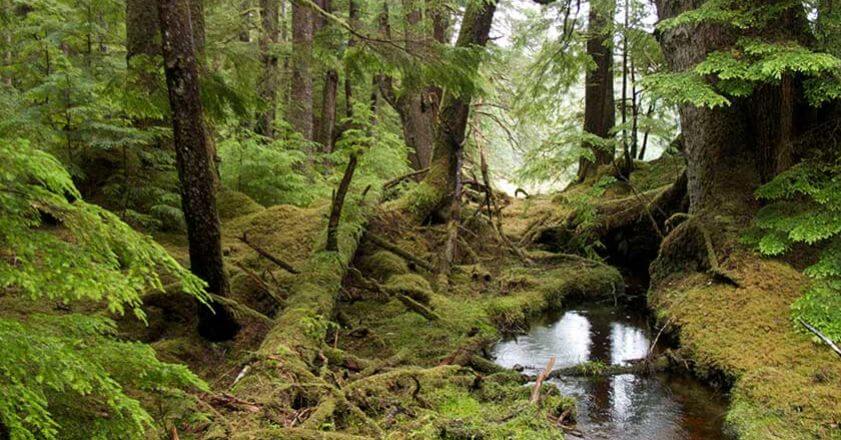
Beauty of Jungle
The trace of the Hyrcanians and their myths
In the ancient time, Greeks and Persians used to call the Persian Sea “Hyrcanian Ocean”, which later given its name to the forest. But the word Hyrcania comes from a tribal group once has been living in the current regions of Gilan and Mazandaran who gave their name to the Caspian Sea. Moreover, the third Persian King of the Achaemenid Empire, Darius the Great, mentioned the name of Hyrcania in Bisotun inscription as one of Iran’s 30 satraps (a provincial governor in the ancient Persian empire) in some time around 400 BC.
subsequently, the south of this era is covered by the Alborz Mountains with up to 4000 m peaks that Arash the archer became the national hero at its summit. In Persian mythology, the Alborz is the centre of the world, and it’s like a Phoenix spreading its wings with kindness in the sky. In fact, the Alborz Mountain range forms a natural protecting barrier, which prevents the transit of humidity from the Caspian Sea to the rest of Iran.
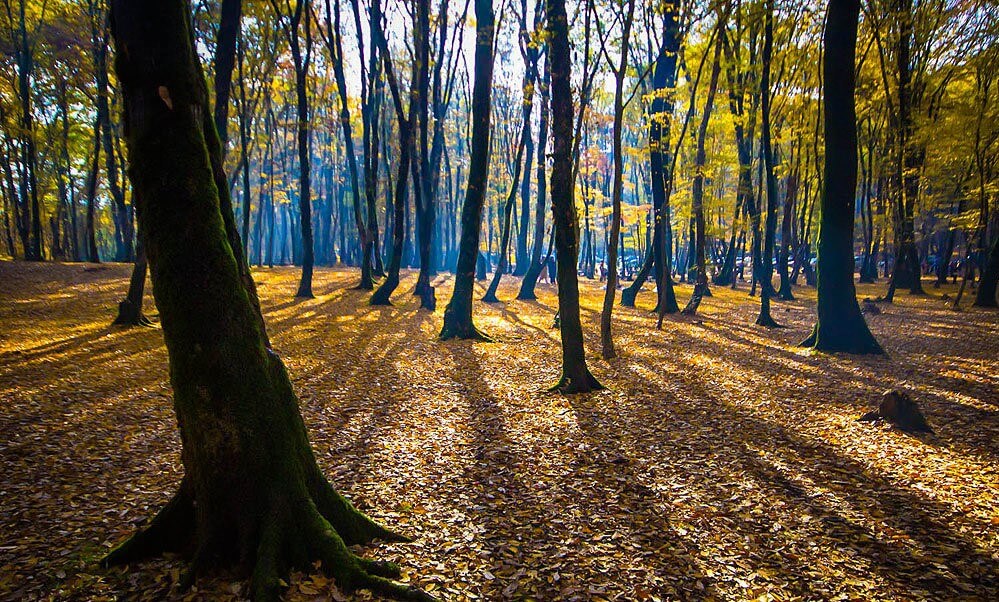 A “masterpiece of nature creative genius”
A “masterpiece of nature creative genius”
Dating back to the third geological period, Hyrcanian forests are world’s one of the most ancient forest vegetations. The Hyrcanian forest has created a unique ecosystem which qualifies it as “masterpiece of nature creative genius”. Also, It is an invaluable treasure for the world because it holds living trees and species of plants which can only found as fossils in the rest of the world. Thus, these lush forests are like “living fossils“. Therefore, It is also a major era for conservation in the region and the concept of sustainable forests.
Above all, there are three categories of vegetations of the Hyrcanian type based on the altitudes as Lowland forests, middle forests and high forests with have remnants of the third geological period such as Alnus subcordata native to Hyrcanian forests in the category of High forests or Parrotica persica which is well-known as Persian ironwood that paints the forest with mesmerizing colourful leaves in autumn.
Meanwhile, the incredible climate of Hyrcanian forests is a combination of “humid subtropical”, “oceanic”, and “humid continental”. Also, They made it a great ecoregion of flora and fauna.
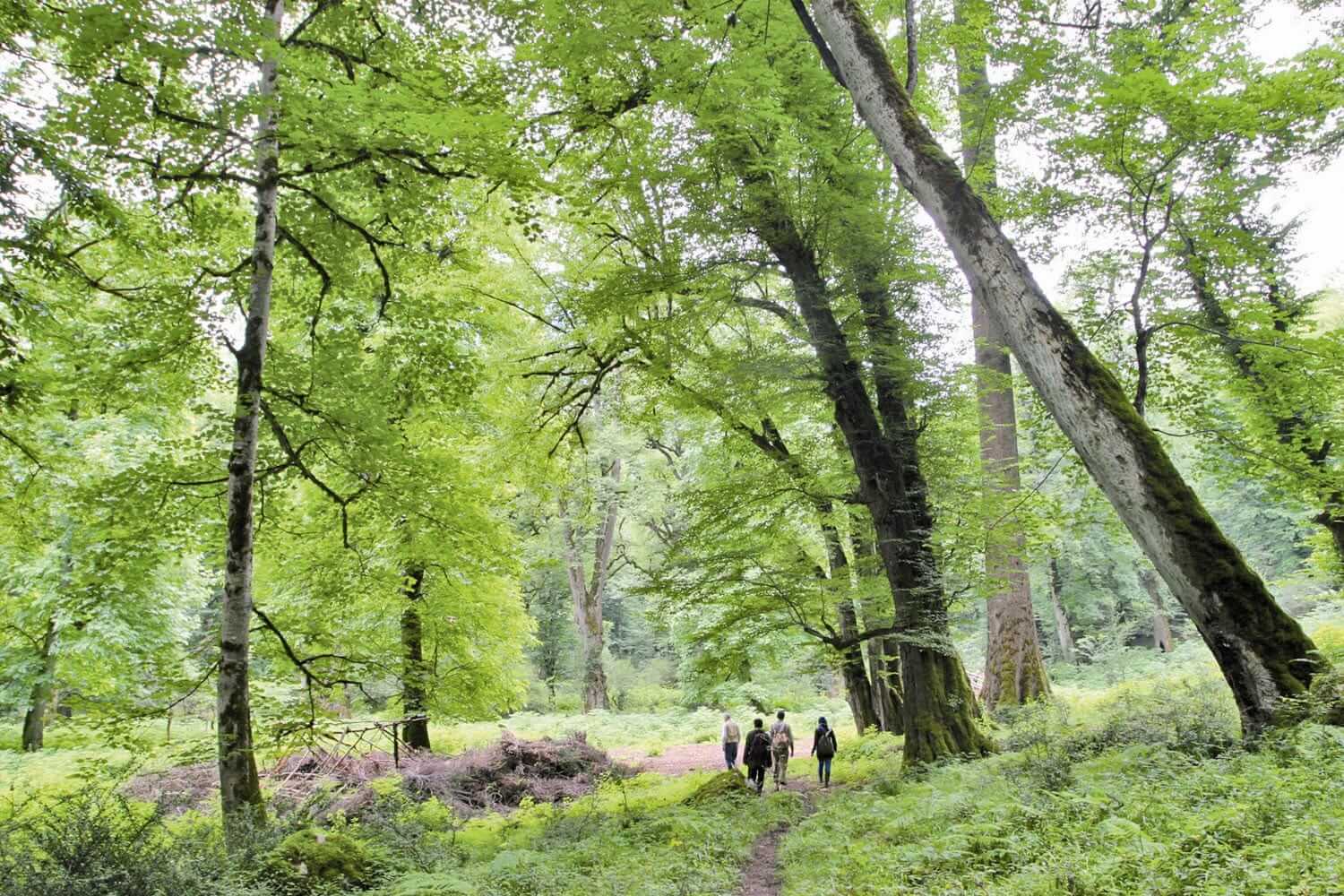
Trekking in The Jungle
FLORA OF THE CASPIAN HYRCANIAN MIXED FORESTS
The natural forest vegetation is temperate deciduous broadleaved forest. 32.7 percent of volume of Hyrcanian forest is of Oriental Beech. A main feature of the region is the lack of conifers; only relics of coniferous species are present, which include European yew, Junipers, Mediterranean Cypress and Chinese Arborvitae.
Chestnut-leaved Oak, European Box, Black Alder, Caucasian Alder, Caspian Poplar and Caucasian Wingnut covered the Caspian Sea coastal plains, but these forests almost entirely converted to urban and agricultural land.
The lower slopes of Talysh and Alborz Mountains below 700 meters (2,300 ft) harbor diverse humid forests. They are containing Chestnut-leaved Oak, European Hornbeam, Persian Ironwood, Caucasian Zelkova, Persian Silk Tree, and Date-plum along with shrubs holly, Ruscushyrcanus, Danaë racemosa and and lianas Smilax excelsa and Hedera pastuchovii (Mosadegh, 2000; Marvie Mohadjer, 2007).
Persian Ironwood is endemic to the Talysh Mountains and northern Iran. It also nearly pure stands of the tree can be particularly dramatic, with lichen-covered branches twisting together and only dead leaves in the deep shade of the forest floor. In addition, the ironwood’s yellow leaves turn a faint lilac in the fall.
Above all, Caucasian Oak, Oriental Hornbeam, shrublands and steppes, Upper mountain and subalpine zones characterized at the highest elevations.
FAUNA OF THE CASPIAN HYRCANIAN MIXED FORESTS
Consequently, the Caspian tiger once roamed these mountains, but is now extinct. Other large mammals here are the Caucasus leopard, lynx, brown bear, wild boar , wolf, golden jackal, jungle cat, badger, and otter.
This ecoregion is an important resting area for birds migrating between Russia and Africa and is thus a key habitat for many bird species. Some outstanding birds that can be found here are the greylag goose, white-fronted goose, Little bustard, glossy ibis , Eurasian spoonbill, night heron, red-breasted goose, peregrine falcon, Dalmatian pelican, Western cattle egret, squacco heron, greater flamingo, white-headed duck, and Caspian snowcock.
The animals that live in these forests are brown bears, black-tailed fox, leopard, wolf, boar, jackal, marten, hedgehog, rabbit, badger, Allegheny woodrat and wild cat, etc.
One of the most unique landscapes of Iran is in the Abr jungle. The clouds are lower than the mountain forest due to the pressure difference in the area and create a unique landscape.
Azerbaijan applied for UNESCO registration of Hyrcanian forests for the first time. However, it rejected due to the small part of forests located in Azerbaijan. Then, for a long time, the two countries decided to submit this request to UNESCO. Because UNESCO writes the names alphabetically, the two countries did not agree on this subject, so these forests not registered in UNESCO.
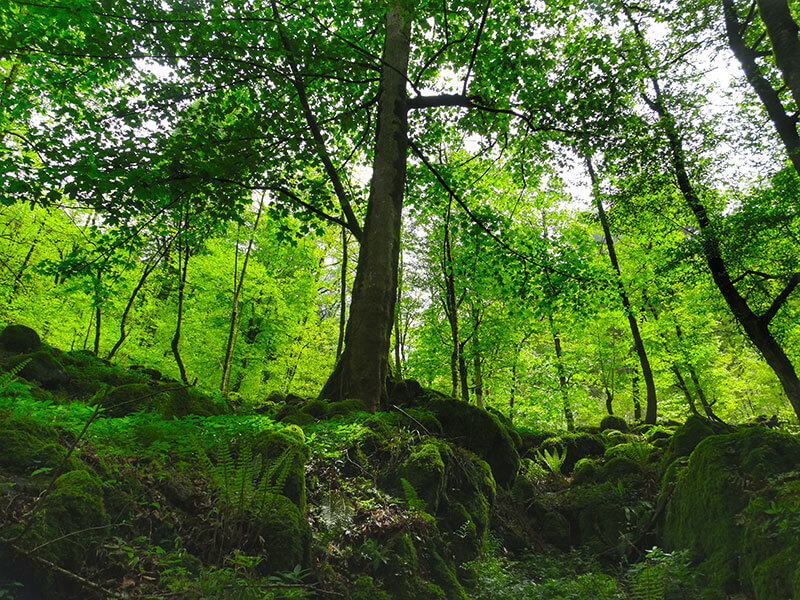




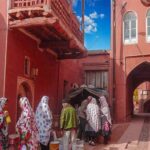
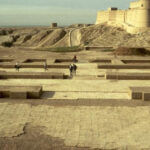
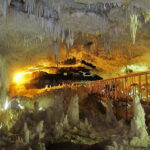
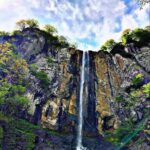
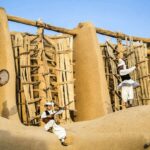
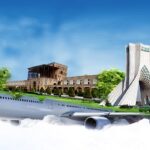
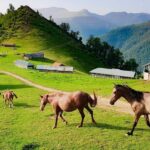

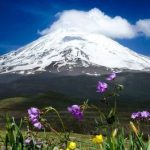
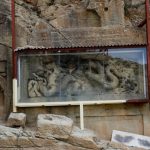


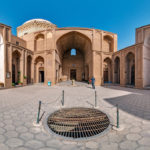
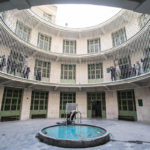

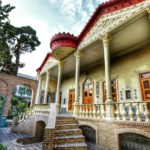


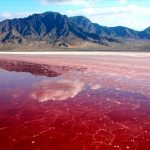
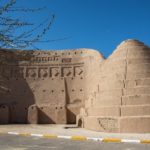
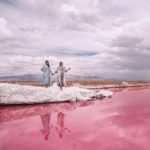
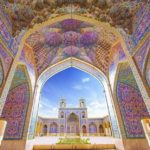
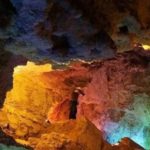
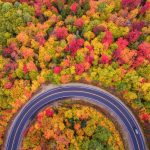
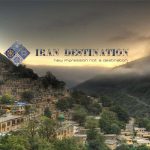
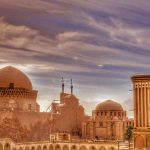

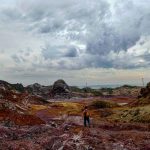
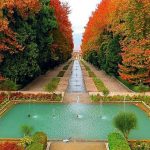
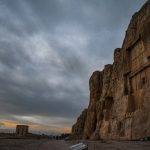


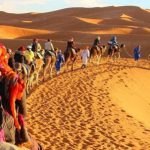
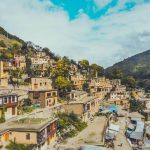
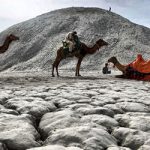
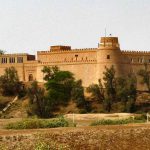
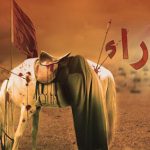
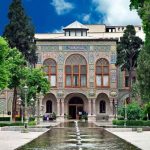
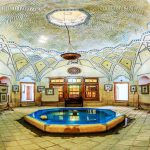
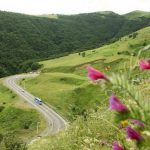

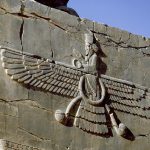
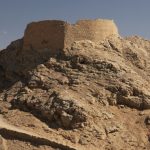
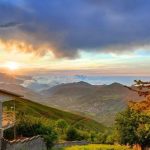
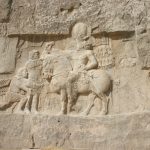
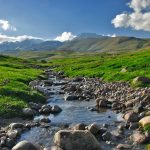

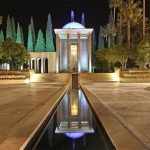
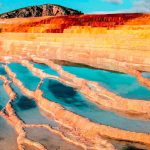

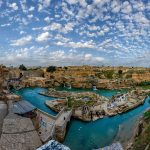
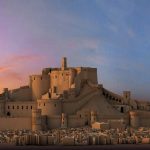
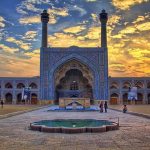
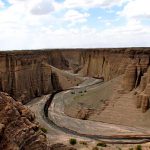
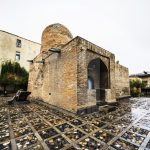
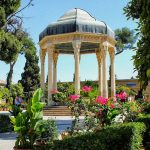

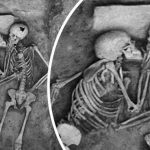
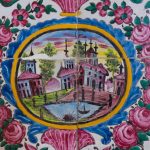
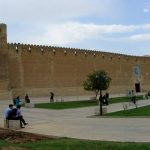
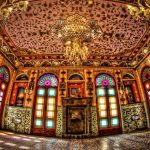
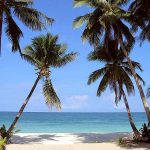
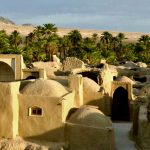

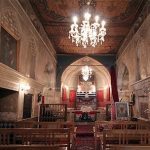
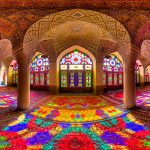

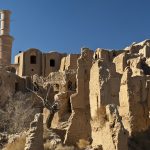

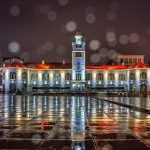
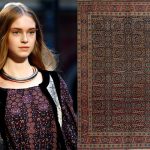
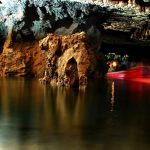
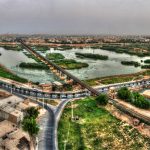
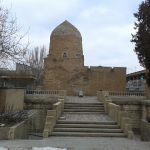

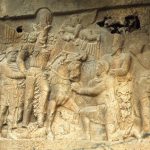
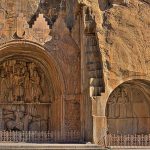
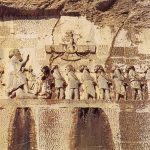
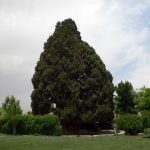
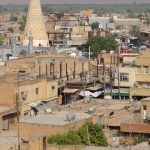
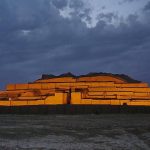
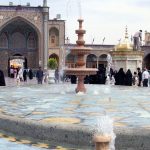
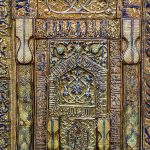
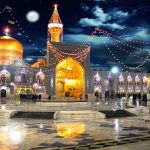
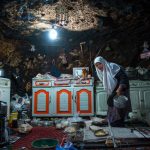
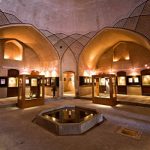
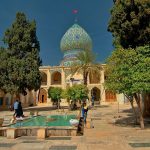
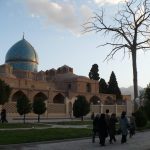
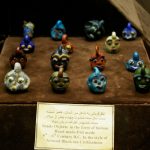
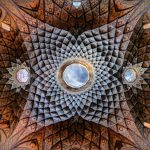

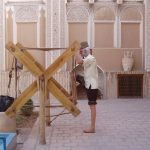

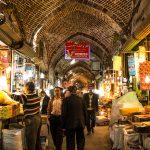
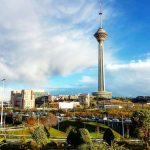
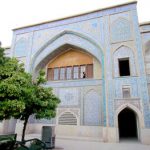
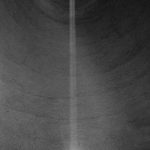
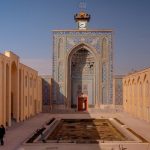
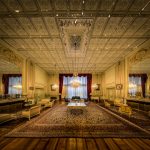
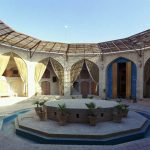
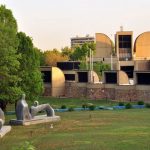
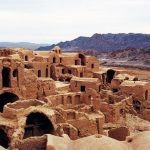
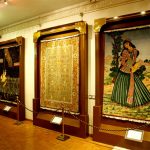
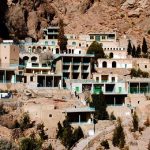
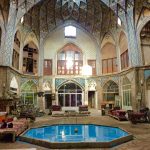
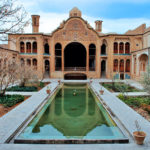

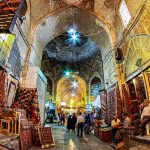
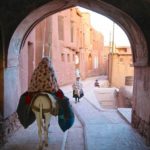
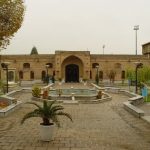
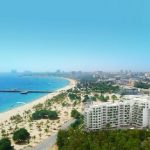
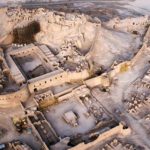
![Ganj Ali Khan Bath in Kerman , [Iran Tourism & Touring Organization]](https://irandestination.com/wp-content/uploads/Ganj-Ali-Khan-Bath-2-150x150.jpg)
